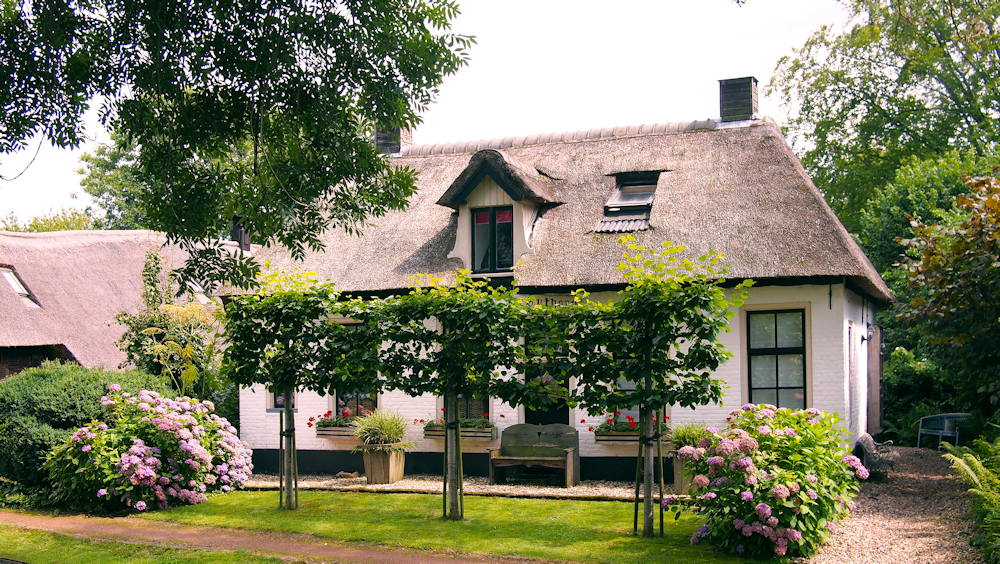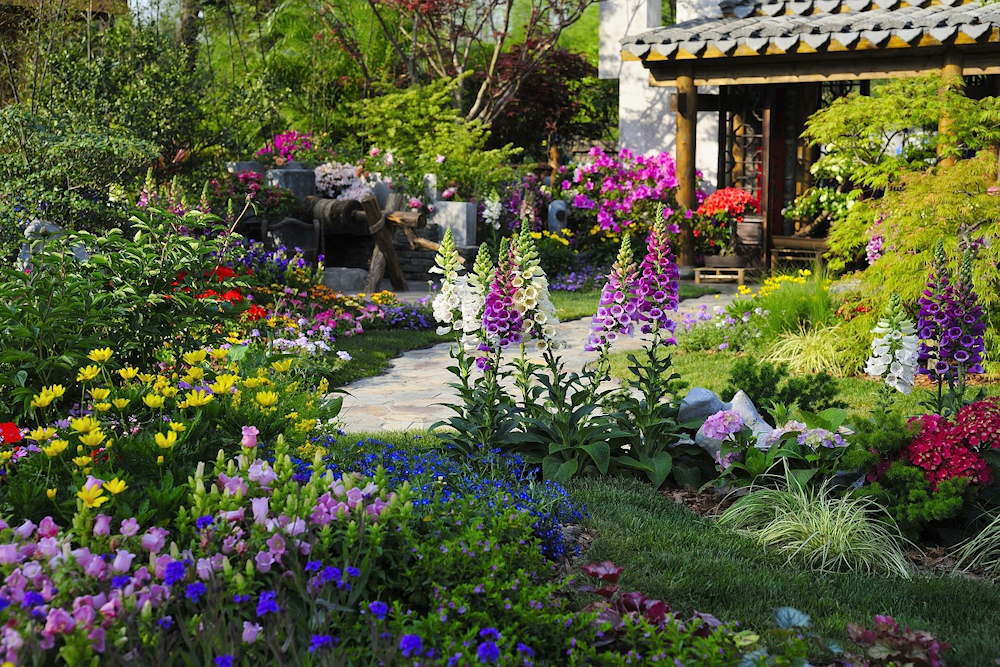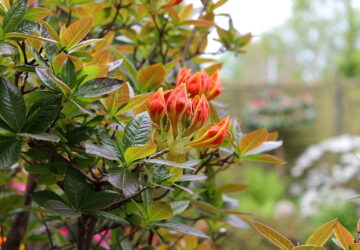Creating a stunning garden around your house is more attainable than you might think. By breaking down the process into five manageable steps, you can transform your outdoor space into a captivating oasis. Let’s delve into the key aspects of designing an ornamental garden, considering thoughtful plant selection, harmonious layout and captivating aesthetics.
1. Define the Function
The first step in garden planning is to articulate the garden’s purpose. Craft a list detailing your envisioned uses for the space, whether it be a front garden, sunbathing area, dining space, playground or herb garden. By delineating each function, you can identify the specific tools and features required. Successful ornamental gardens are often compartmentalized, allowing for a seamless blend of aesthetics and functionality.

2. Space Allocation and Connectivity
Consider the spatial requirements of each garden function and their interrelation. Front gardens naturally face the street, while terraces may align with the side of the house. Place areas like sunbathing spots away from noisy streets but close to the building, connected to recreation spaces. Create paths connecting different sections to guide visitors and make the garden feel more expansive. Delimit each area using twine and mark key points with reed sticks for a tangible plan.

3. Evaluate Garden Exposure
Assess the garden’s exposure to sunlight throughout the day. Observe which areas receive the most sunlight or shade, crucial for placing specific functions. South-facing gardens receive abundant sunlight, making them ideal for various uses. West-facing gardens bask in evening sun, suitable for relaxation areas. Eastern sides get morning sunlight, while the north side may need special attention due to potential overshadowing by surrounding structures.

4. Develop the Plan
Associate each garden section with a variety of plants without specifying their names initially. Create space dividers using decorative trees and shrubs for privacy. Integrate plant groups and flower beds to delineate inner garden spaces, ensuring each element serves a purpose, from traffic diversion to wind protection. This phase prioritizes functionality before delving into aesthetic considerations.

5. Decoration and Plant Selection
With the functional aspects in place, shift focus to aesthetics. Specify plant species and garden artifacts based on your preferences and the needs of each section. Browse online gardening magazines for inspiration, steering clear of replicating neighbors’ gardens. Remember, a thoughtful blend of diverse plants and accessories can elevate your garden’s charm.

Cultivating Your Vision
As you embark on this botanical journey, keep in mind that gardening is an evolving art. By staying open to creativity and embracing your garden’s unique characteristics, you can cultivate a space that reflects your personality and provides a haven of beauty. Happy gardening!









